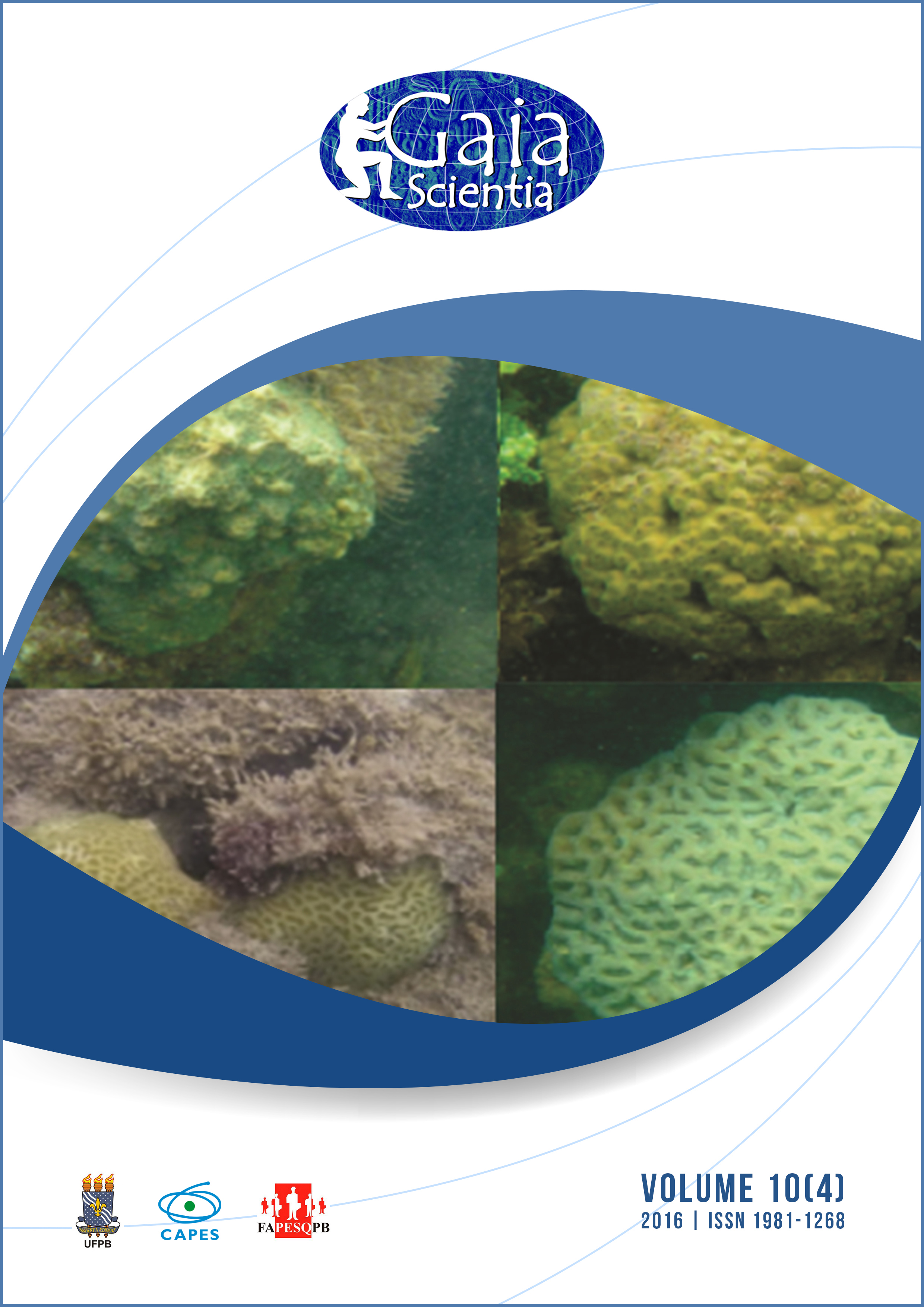NEW STATUS FOR HESIONID POLYCHAETES (ANNELIDA, POLYCHAETA)
Palavras-chave:
New names, Principle of Priority, Subfamilies, TribesResumo
Nomenclatural observations of the family Hesionidae Grube, 1850 (Annelida, Polychaeta), and according to the “Principle of Priority”, International Code of Zoological Nomenclature, demonstrate that some current names present in this family are invalid. Firstly, the name of the subfamily Ophiodrominae, which is based on genus Ophiodromus Sars, 1862, should be replaced. This is because the genus was synonymized to Oxydromus Grube, 1855, which corresponds the oldest genus of this group. In 1998, Pleijel established the tribe Psamathini, based on type genus Psamathe Johnston, 1838; later, in 2015, Summers, Pleijel & Rouse redefined the status this tribe for subfamily Psamathinae. However, the oldest genus of this hesiond group is Nereimyra Blainville, 1828. Finally, in 2012, Pleijel, Rouse, Sundkvist & Nygren erected the tribe Amphidurini, based on genus Amphiduros Hartman, 1959. On the other hand, the oldest genus is Parahesione Pettibone, 1956. According with the Principle of Priority, these hesionid taxa must be replaced by the next oldest available name from among its synonyms, including the names of the taxa contained within the same group. Therefore, we here are establishing the subfamily Oxydrominae nomen novum, the subfamily Nereimyrinae nomen novum, the tribe Oxydromini nomen novum and the tribe Parahesionini nomen novum.Downloads
Referências
Blake JA, Hilbig B. 1990. Polychaeta from the vicinity of deep-sea hydrothermal vents in the Eastern Pacific. II. New species and records from the Juan de Fuca and Explorer Ridge Systems. Pacific Science, 44(3): 219–253.
Brodkorb P. 1967. Catalogue of fossil birds: Part 3 (Ralliformes, Ichthyornithiformes, Charadriiformes). Bulletin of the Florida State Museum, Biological Sciences Series. 11: 99–220.
International Commission on Zoological Nomenclature. 1999. International Code of Zoological Nomenclature. 4th ed., London: The International Trust for Zoological Nomenclature. Available at: <http://www.nhm.ac.uk/hosted-sites/iczn/code/>. Accessed: Aug 30, 2015.
Pleijel F. 1993. Taxonomy of European species of Amphiduros and Gyptis (Polychaeta: Hesionidae). Proceedings of the Biological Society of Washington. 106(1): 158–181.
Pleijel F. 1998. Phylogenetic and classification of Hesionidae (Polychaeta). Zoologica Scripta. 27(2): 89–163.
Pleijel F. 1999. Phylogenetic taxonomy, a farewell to species, and a revision of Heteropodarke (Hesionidae, Polychaeta, Annelida). Systematic Biology. 48(4): 755–789.
Pleijel F. 2001. Revision of Amphiduros Hartman, 1959 (Polychaeta, Hesionidae, Gyptini). Ophelia. 54(1): 15–27.
Pleijel F, Rouse GW, Ruta C, Wiklund H, Nygren A. 2008. Vrijenhoekia balaenophila, a new hesionid polychaete from a whale fall off California. Zoological Journal of the Linnean Society. 152: 625–634.
Pleijel F, Rouse GW, Sundkvist T, Nygren A. 2012. A partial revision of Gyptis (Gyptini, Ophiodrominae, Hesionidae, Aciculata, Annelida), with descriptions of a new tribe, a new genus and five new species. Zoological Journal of the Linnean Society. 165: 471–494.
Read G. 2015. Hesionidae Grube, 1850. In: Read G, Fauchald K. (Eds). World Polychaeta Database. World Register of Marine Species. Available at: <http://www.marinespecies.org/aphia.php?p=taxdetails&id=946>. Accessed: Aug 13, 2015.
Ruta C, Pleijel F. 2006. A new branchiate hesionid polychaete (Annelida, Hesionidae) from New Caledonia. Zoosystema. 28(3): 655–667.
Summers M, Pleijel F, Rouse GW. 2015. Whale falls, multiple colonisations of the deep, and the phylogeny of Hesionidae (Annelida). Invertebrate Systematics. 29: 105–123.
Viéitez JM, Alós C, Parapar J, Besteiro C, Moreira J, Núñez J, Laborda AJ, San Martín G. 2004. Annelida Polychaeta I. In: Ramos MA et al. (Eds), Fauna Ibérica, vol. 25, Madrid: Museo Nacional de Ciencias Naturales, CSIC, Madrid, p. 210–267.
Villalobos-Guerrero TF, Harris LH. 2012. Oxydromus Grube, 1855 reinstated over Ophiodromus Sars, 1862 (Polychaeta, Hesionidae). ZooKeys. 241: 21–31.
Westheide W. 2000. Mahesia ammophila, a new genus and species of interstitial hesionid (Annelida: Polychaeta) from the Indian Ocean. Proceedings of the Biological Society of Washington. 113(3): 644–651.
Westheide W, Purschke G, Mangerich W. 1994. Sinohesione genitaliphora gen. et sp. n. (Polychaeta, Hesionidae), an interstitial annelid with unique dimorphous external genital organs. Zoologica Scripta. 23(2): 95–105.










